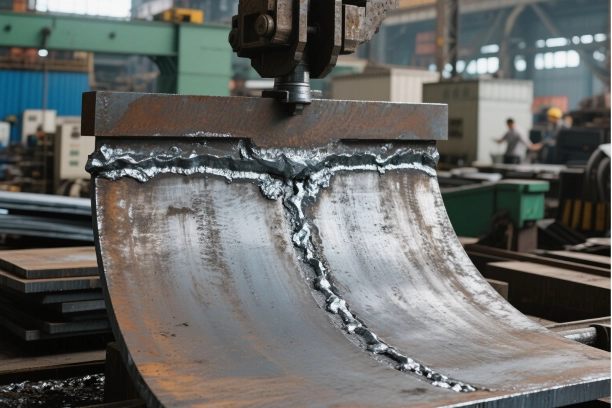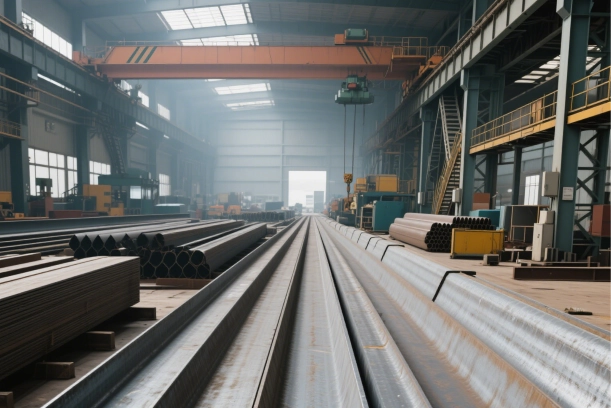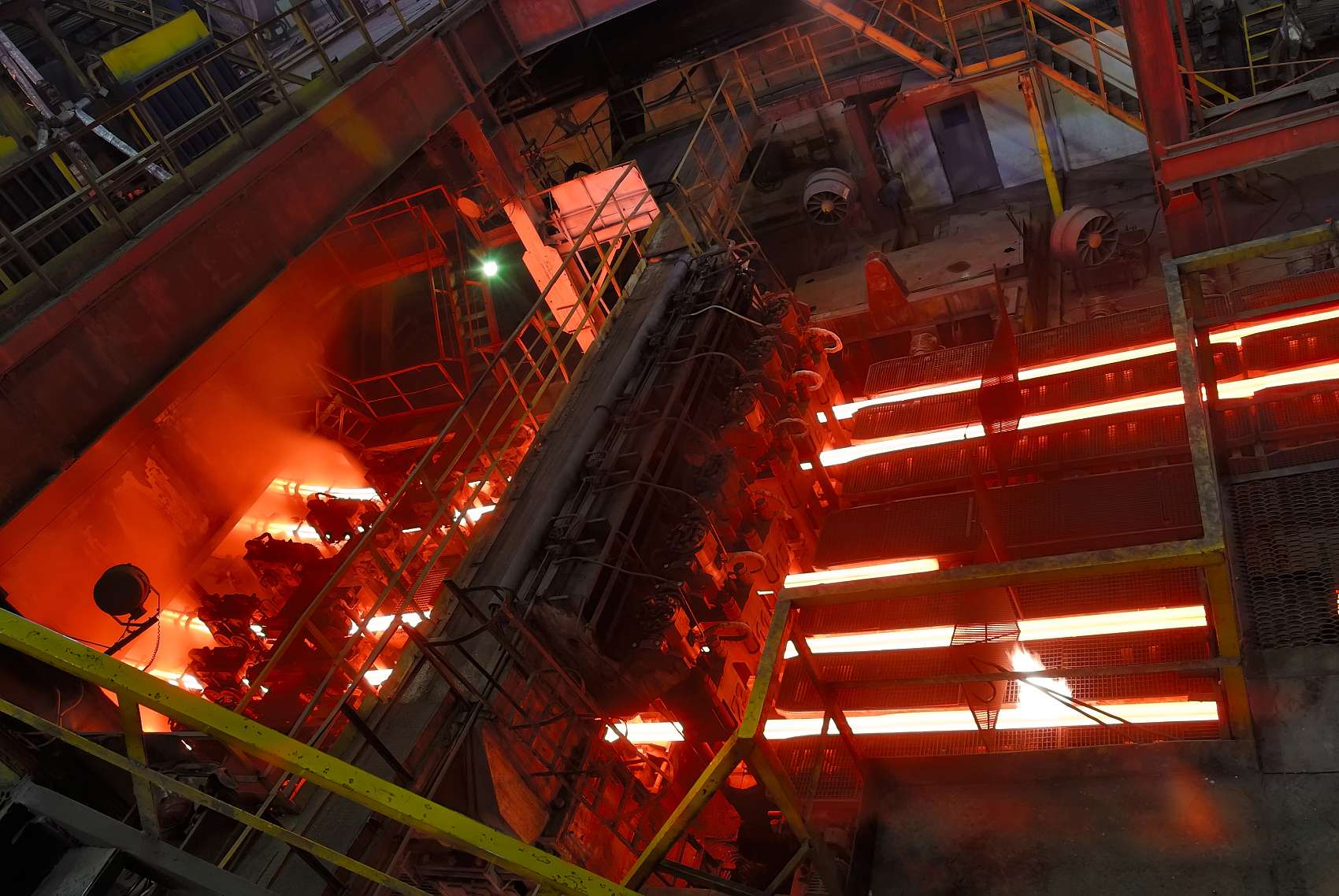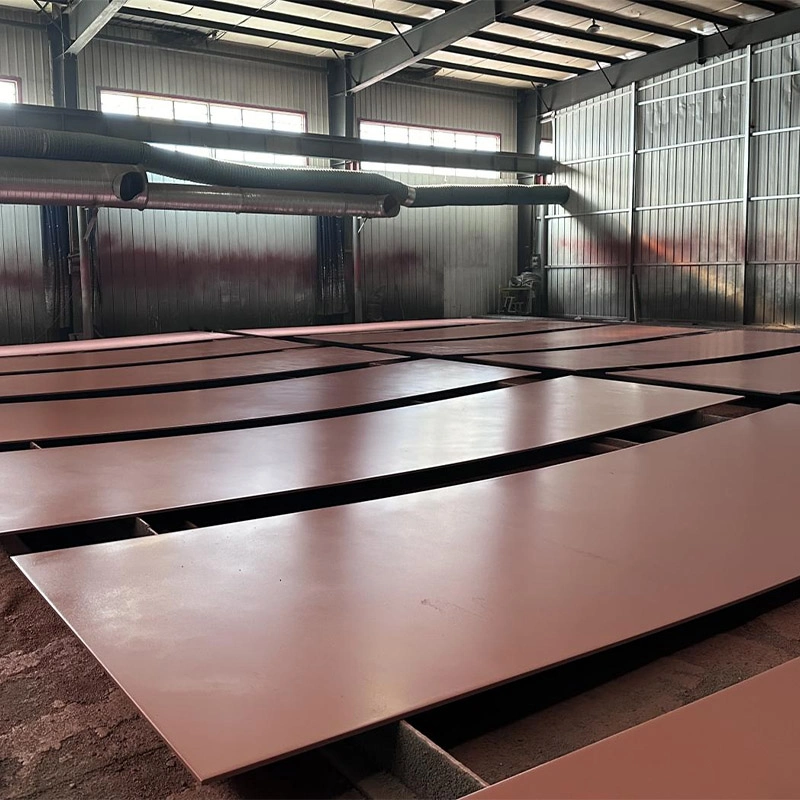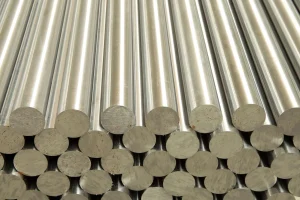
Understanding Tool Steel
Tool Steel is an immeasurably important member of all special steel with the most high-grade hardness, very excellent wear resistance, as well as unexpected toughness. These properties are what make it so important when manufacturing cutting tools, measuring instruments, and other tools. A vital substance in the industrial manufacturing industry as it can withstand high-performance situations.
General Characteristics of Tool Steel
Tool steel is extraordinarily hard from the inside and can provide excellent resistance to even the most extreme cutting and forming processes, including high strength. The hardness level also means high wear resistance, so tool steel will hold its shape and provide performance over extended service conditions. While tool steel has high hardness, it still has good toughness, making it resistant to breaking under impact and vibration.
Carbon Tool Steel
Composition and Characteristics
Carbon tool steel is a type of steel that is designed for making tools that need to be hard, strong, rock, and wear-resistant. Carbon Tool Steel: This is a high-carbon unalloyed tool steel that is famous for its exceptional properties and contributes to improved tool performance and durability. Carbon tool steel is famous due to its high carbon content and excellent characteristics and is among the materials that significantly raise the tool’s performance and durability.
Common Uses and Limitations
This tool steel is an important one to be used in the production of cutting tools and measuring instruments or measuring tools that are useful in different industries like the automotive, manufacturing, as well as the construction industry. However, it will likely not be as effective in applications needing specific high toughness or heat-resistant properties for alloy or high-speed tool steels. It may be less beneficial for applications demanding extreme toughness, or heat resistance over high-speed tool steels or alloy with a few exceptions.
| Carbon Tool Steel | |||||
| GB | ISO | ASTM | EN | DIN | JIS |
| T7 | ISO 4957:2000 | AISI W1-7 | ISO 4957:2000 | 1.1545 | SK3 |
| T8 | ISO 4957:2000 | AISI W1-8 | ISO 4957:2000 | 1.1545 | SK4 |
| T9 | ISO 4957:2000 | AISI W1-9 | ISO 4957:2000 | 1.1620 | SK5 |
| T10 | ISO 4957:2000 | AISI W1-10 | ISO 4957:2000 | 1.1645 | SK6 |
| T11 | ISO 4957:2000 | AISI W1-11 | ISO 4957:2000 | 1.1690 | SK7 |
| T12 | ISO 4957:2000 | AISI W1-12 | ISO 4957:2000 | 1.1760 | SK8 |
| T13 | ISO 4957:2000 | AISI W1-13 | ISO 4957:2000 | 1.1765 | SKS93 |
Alloy Tool Steel
Key Alloying Elements
Alloy tool steel is basically a type of steel which we have upgraded and with several alloys inclusion elements such as chromium (Cr), molybdenum (Mo), tungsten (W), and vanadium (V). These increase the Hardenability and Toughness, as well as the wear resistance and heat resistance, of the steel manifold. This allows for greater hardenability, toughness and wear and heat resistance in the steel.
High-performance Tools
This combination of alloying elements indicates that the tool steel is suitable for a number of high-performance tools. Better heat treatment performance, quenching and tempering can improve its hardness, toughness, wear resistance and other properties at the same time, better combination of hardness and toughness, which is not possible for other dies and molds. It provides improved response during heat treatment, allowing its hardness, toughness, and wear resistance to be adjusted via quenching and tempering.
| Alloy Tool Steel | ||
| GB | ASTM | JIS |
| 9SiCr | SK7 | |
| W | F1 | SK120 |
| 4CrW2Si | SKD11 | |
| 5CrW2Si | S1 | |
| 6CrMnSi2Mol | S5 | |
| 5Cr3MniSiMoiV | S7 | |
High-Speed Tool Steel
Heat Resistance and Durability
High-speed tool steel (HSS) offers great hardness, wear resistance, and heat-resistance. This property makes HSS tools work at rates much faster than carbon-steel-based tools. High-speed steel has good cutting-edge hardness at elevated temperatures achieved during cutting.
Cutting Tools
HSS is widely used in manufacturing cutting tools capable of maintaining efficiency at elevated temperatures. Its applications include drills, saw blades, milling cutters, and other tools requiring sustained performance at high speeds.
| High-Speed Steel | ||||
| GB | ISO | ASTM/AISI | DIN | JIS |
| W18Cr4V | HS 18-0-1 | T1 | S18-0-1 (1.3355) | SKH2 |
| W9Mo3Cr4V | T9 | S9-1-2 (1.3247) | SKH53 | |
| W6Mo5Cr4V2 | HS 6-5-2 | M2 | S6-5-2 (1.3343) | SKH51 |
| CW6Mo5Cr4V2 | S6-5-2C (1.3343) | SKH51C | ||
| W2Mo9Cr4V2 | M42 | S2-9-1-8 (1.3207) | SKH59 | |
| 9W18Cr4V | T15 | 1.3202 | SKH57 | |
| W14Cr4VMnRE | ||||
| W12Cr4V4Mo | HS 12-1-4-5 | M35 | S12-1-4-5 (1.3202) | SKH55 |
| W6Mo5Cr4V3 | M3 | 1.3344/1.3348 | SKH58 | |
| CW6Mo5Cr4V3 | M3 | 1.3348 | SKH58 | |
| W6Mo5Cr4V2Co5 | HS 6-5-2-5 | M35 | S6-5-2-5 (1.3243) | SKH55 |
| W18Cr4VCo5 | HS 18-1-1-5 | T5 | 1.3351 | SKH3 |
| 8W18Cr4V2Co8 | T8 | 1.3207 | ||
| W12Cr4V5Co5 | HS 12-1-4-5 | M35 | S12-1-4-5 (1.3202) | SKH55 |
| W6Mo5Cr4V2Al | M42 | 1.3247 | SKH59 | |
| W2Mo9Cr4VCo8 | M42 | S2-9-1-8 (1.3207) | SKH59 | |
| W7Mo4Cr4V2Co5 | HS 7-1-2-5 | M7 | 1.3348 | SKH58 |
| W10Mo4Cr4V3Al | M42 | 1.3247 | SKH59 | |
| W6Mo5Cr4V5Si | ||||
| W12Mo3Cr4V3Co5Si | ||||
Cold-Work Tool Steel
Toughness and Wear Resistance
Cold-work tool steels are designed to maintain high hardness while also having sufficient toughness to withstand impact loads. They exhibit excellent wear resistance necessary for prolonged use without deformation.
Suitable Industrial Uses
These steels are ideal for applications involving cold-forming operations such as stamping dies and punches, where both wear resistance and impact toughness, are required.
| GB | ASTM/AISI | DIN | JIS |
| Y12/Y12Pb | 12L14 | 9SMnPb28 | SUM24L |
| Y15/T15Pb | 12L14 | 9SMnPb36 | SUM23 |
| Y20 | 1213/1215 | 10S20 | SUM32 |
| Y30 | 1132/1144 | 11SMn30 | SUM43 |
| Y35 | 1137 | 11SMn37 | SUM43 |
| Y40Mn | 1141 | 11SMnPb37 | SUM42 |
| Y45Ca | SUM41 |
Hot-Work Tool Steel
Thermal Stability Features
Tool steels for hot work come with great thermal stability characteristics, meaning they can exhibit their mechanical properties even at elevated temperatures. This means that they are ideal for hot working applications where thermal fatigue can be a challenge. This makes it suitable for hot work where thermal fatigue can occur.
Application Areas
They are extensively used in applications such as die-casting molds where exposure to high temperatures occurs regularly during metal-forming processes.
| Hot-Work Mold Steel | ||||
| GB | ISO | ASTM | JIS | DIN |
| 5CrNiMo | 4957 (40CrNiMo) | L6 | SKT4 | 1.2713 (40CrNiMo86) |
| 3Cr2W8V | X40CrWMoV5-1 | H12 | SKD6 | 1.2581 (X30WCrV9-3) |
| 4Cr3Mo3SiV | H10 | |||
| 4Cr5MoSiV | 4957 (X37CrMoV5-1) | H11 | SKD61 | 1.2344 (X40CrMoV5-1) |
| 4Cr5MoSiV1 | 4957 (X37CrMoV5-1) | H13 | SKD61 | 1.2344 (X40CrMoV5-1) |
Plastic Mold Steel
Special Properties for Molding
Plastic mold steels possess special properties tailored for molding applications. They offer good dimensional stability during heat treatment which ensures precise shapes are maintained after processing.
Injection Molding Manufacturing Processes
These steels are dominant molds designed for the formation of parts in methods such as plastic injection molding as they are capable of handling repeated thermal cycling without the loss of structural integrity or dimensional accuracy. These steels are vital in the manufacturing process of molds for plastic injection molding procedures because they can endure repeated long shifts of thermal cycling without loss of structural integrity and dimensional accuracy.
| Plastic Mold Steel | ||||
| GB | ISO | ASTM | JIS | DIN |
| 3Cr2Mo | ISO 4957: 2020 | P20 | SKD61 (H13) | 1.2311 (P20) |
| 3Cr2MnNiMo | 718 | 1.2738 (P20+Ni) | ||
PromiSpecial®: Leading Producer of Quality Tool Steels
PromiSpecial® specializes in tool steels manufacturing and provides the largest range of Carbon Tool Steel, Alloy Tool Steel, High-Speed Tool Steel, and Powder High-Speed Steel to meet the diverse requirements of the international market.
Common Sizes and Specifications
- Round Bars.Diameter Range: 10mm to 500mm. Length Range: 3000mm to 6000mm
- Flat Bars.Thickness Range: 5mm to 200mm. Width Range: 20mm to 1000mm. Length Range: 2000mm to 6000mm
- Square Bars.Side Range: 10mm to 300mm. Length Range: 3000mm to 6000mm
- Thickness Range: 10mm to 400mm. Width Range: 1000mm to 2000mm. Length Range: 2000mm to 6000mm
- Thickness Range: 1mm to 6mm. Width Range: 500mm to 1500mm. Length Range: 1000mm to 3000mm
FAQs about Tool Steel
What are the Methods for Machining Tool Steel?
Machining tool steel requires specialized techniques due to its high hardness and wear resistance. Common methods include turning, milling, drilling, grinding, and electrical discharge machining (EDM). Each method has its advantages depending on the complexity of shapes required:
- Turning: Used for creating cylindrical shapes using lathes.
- Milling: Involves removing material with rotary cutters; ideal for complex geometries.
- Drilling: Essential for creating holes; requires drills made from harder materials than the workpiece.
- Grinding: Utilized for achieving fine finishes or precise dimensions.
- EDM: Suitable for intricate shapes where conventional methods may not suffice.
These machining methods are complemented by proper lubrication and cooling strategies to prevent excessive heat buildup that could affect dimensional stability or surface finish.
What is the Maximum Hardness Achievable in Tool Steel?
With the right heat treatment, tool steel has the potential to be very hard (usually more than HRC 60 on the Rockwell scale). This considerable hardness is important for the applications having use for wear resistance and also maintaining the precision for a much longer operational period. A notable example is High-Speed Steel (HSS). Due to multiple alloying elements and contemporary heat treatment processes HSS can be hard at fairly high temperatures. It is this capability to be hardened to such significant levels that makes tool steel an important material for the manufacture of cutting tools, stamping dies, wear parts and many other industrial components where durability is the primary consideration.


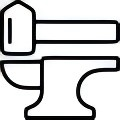



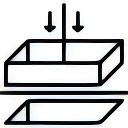








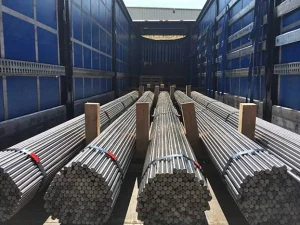
.webp)
